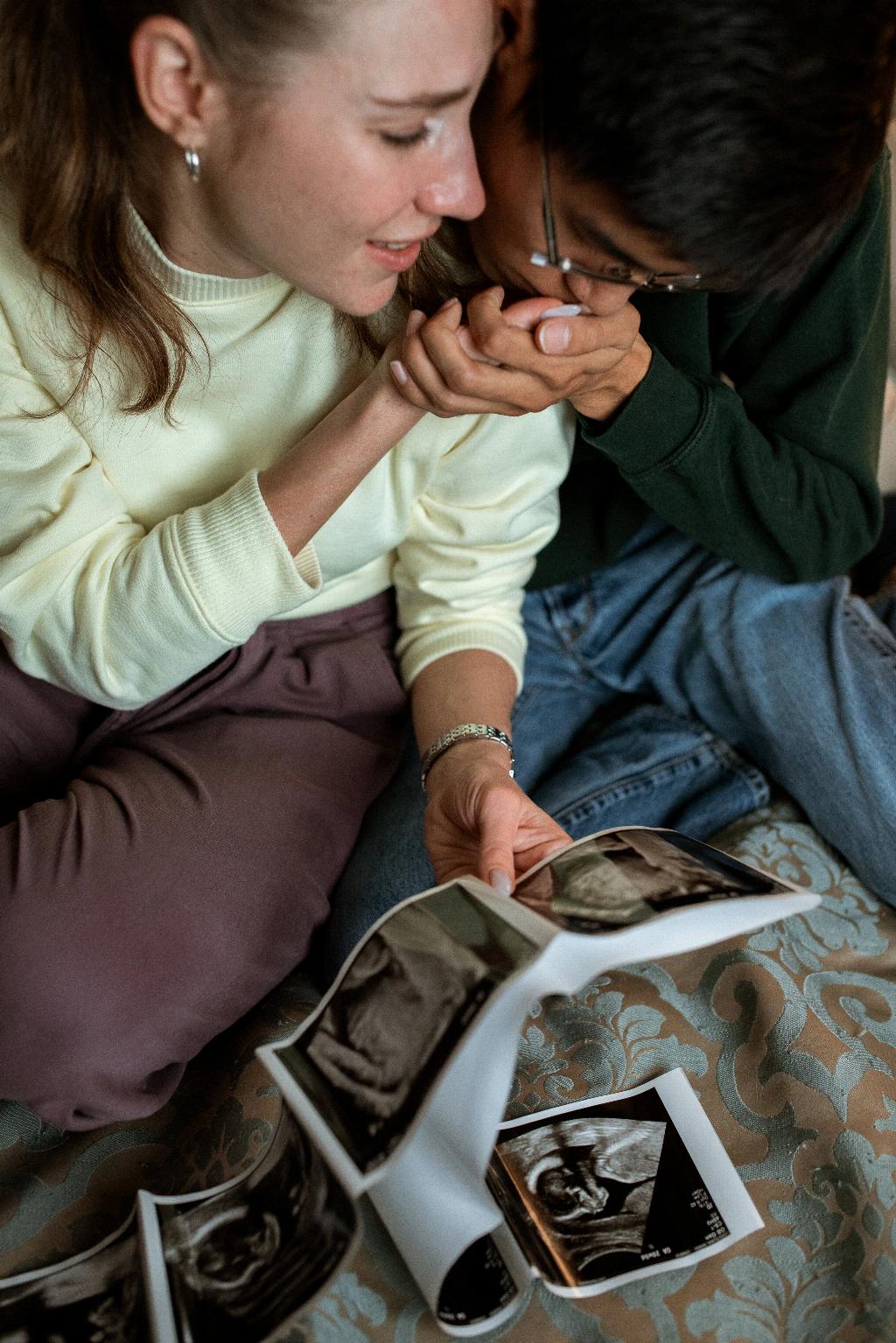When it comes to addressing Twin-to-Twin Transfusion Syndrome (TTTS) during pregnancy, the medical approach often involves a specialized procedure known as fetoscopic laser ablation. This technique is utilized to target and seal off the abnormal blood vessels that are responsible for the unequal blood flow between the twins in the womb.
TTTS occurs when the shared placenta of identical twins contains interconnected blood vessels that lead to an imbalanced distribution of blood between the fetuses. As a result, one twin receives an excessive amount of blood (referred to as the recipient) while the other twin doesn’t receive enough blood (known as the donor).
The primary objective of the laser ablation procedure is to restore equilibrium in blood flow by effectively closing off the abnormal connections within the placenta. By doing so, the goal is to promote a more balanced distribution of blood between the twins, thus improving their overall health and reducing potential complications associated with TTTS.
During the fetoscopic laser ablation, a thin, lighted instrument called a fetoscope is inserted into the uterus through a small incision made in the mother’s abdomen. This enables doctors to visualize the placenta and the connecting blood vessels more clearly, allowing for precise targeting of the vessels that need to be sealed.
Once the abnormal vessels are identified, the laser is used to carefully cauterize and close them off, effectively restricting the blood flow through these channels. By eliminating these abnormal connections, the procedure aims to equalize the blood distribution between the twins and alleviate the strain on their developing cardiovascular systems.
It is crucial for the fetoscopic laser ablation procedure to be performed by a highly skilled and experienced medical team specializing in the management of complicated pregnancies and fetal conditions. The success and safety of the procedure heavily depend on the expertise and proficiency of the healthcare professionals carrying out the intervention.
Following the laser ablation treatment, close monitoring of both the mother and the twins is essential to assess the response to the procedure and ensure the well-being of the babies. Regular ultrasound examinations and other diagnostic tests will be conducted to evaluate the twins’ growth, amniotic fluid levels, and overall fetal development.
In some cases, additional interventions or follow-up procedures may be required to address any ongoing issues or complications related to TTTS. The multidisciplinary healthcare team will work collaboratively to provide comprehensive care and support throughout the remainder of the pregnancy and delivery process.
It’s important for expectant parents facing a diagnosis of TTTS to have open and honest discussions with their healthcare providers about the treatment options available, as well as the potential risks and benefits associated with each approach. Understanding the intricacies of TTTS management can empower families to make informed decisions regarding their prenatal care.
In conclusion, the treatment of Twin-to-Twin Transfusion Syndrome in pregnancy typically involves the use of fetoscopic laser ablation to restore balanced blood flow between the twins and mitigate the effects of this complex fetal condition. By undergoing this specialized procedure and receiving comprehensive prenatal care, families can navigate the challenges of TTTS with greater understanding and support.

